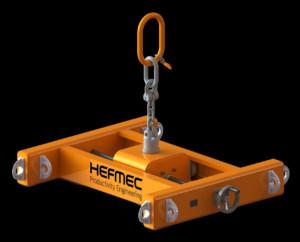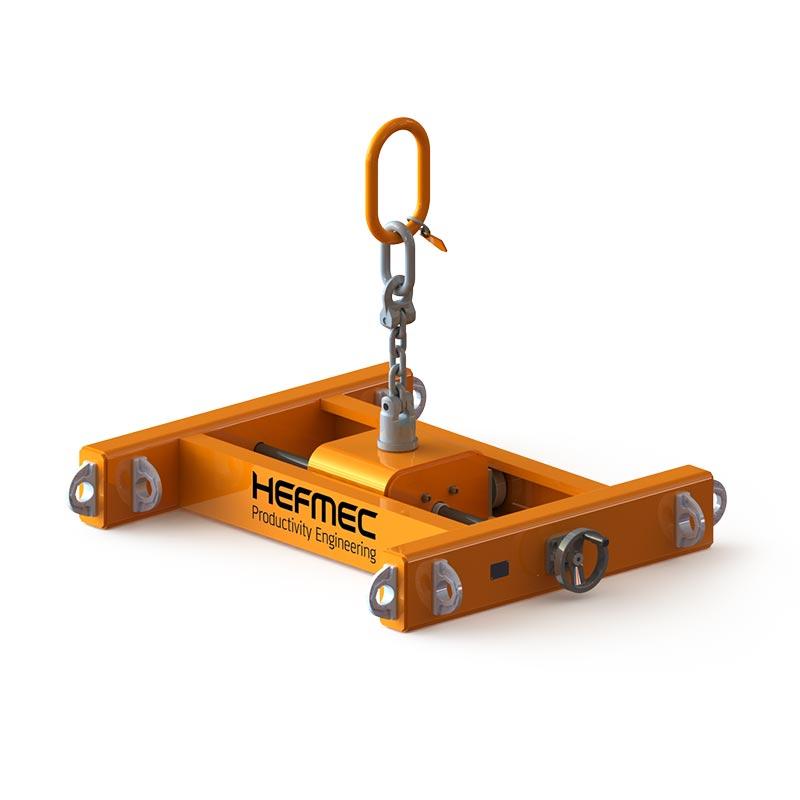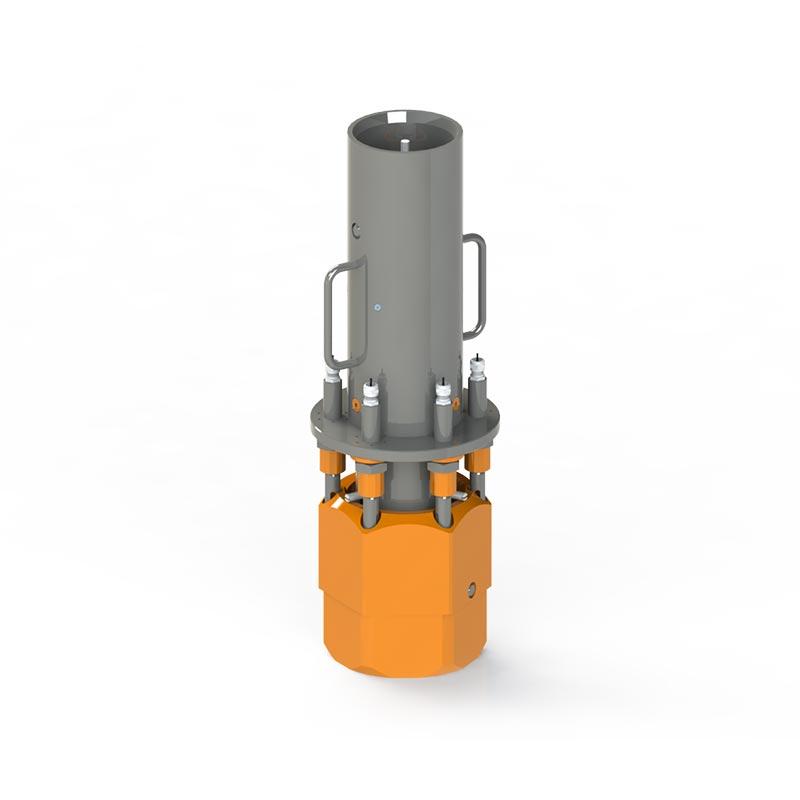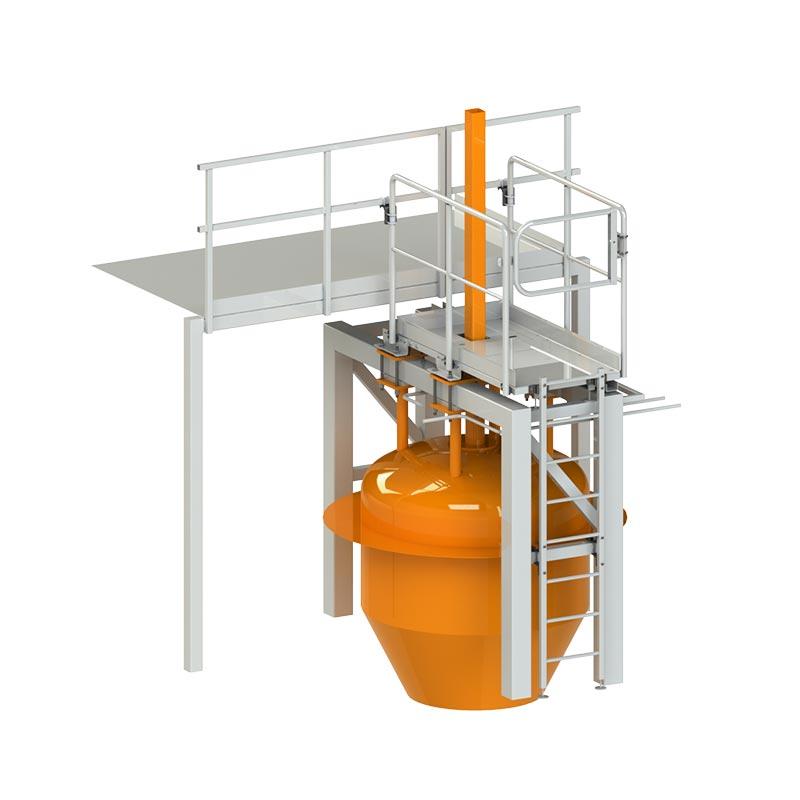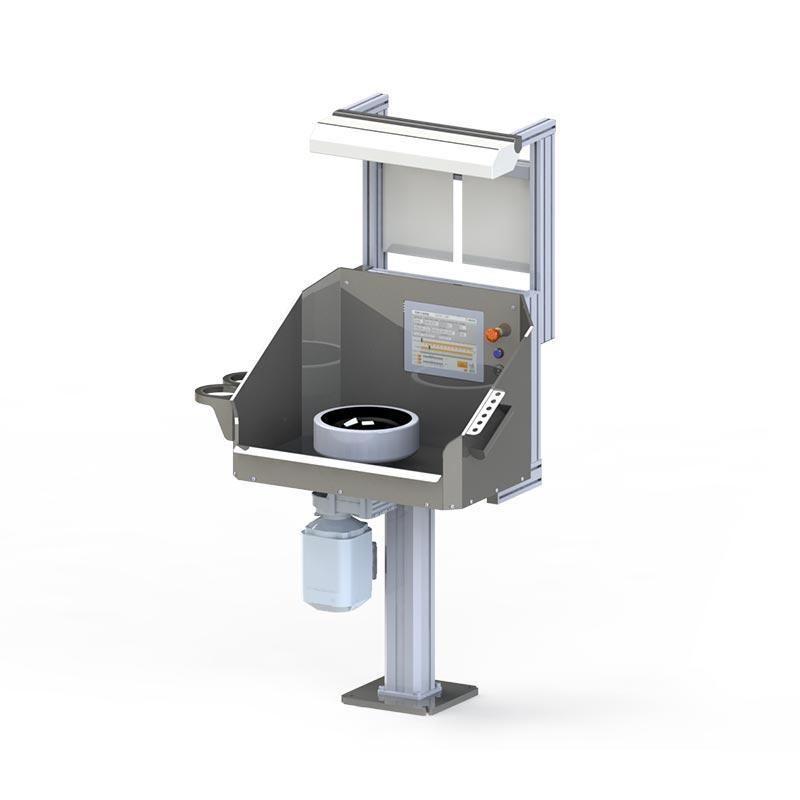What are industrial automation solutions?
Industrial automation solutions refer to technologies and systems that manage production processes without constant human control. These solutions cover a wide range of functions – from material handling and assembly to quality control and packaging.
Automation is not just about individual machines or software. It is a holistic approach that combines different technologies into a seamless system. This system is constantly learning, adapting and optimising.
When considering automation solutions for your business, you should first map your current processes. Which tasks are repetitive on a daily basis? Where do most errors occur? Which steps take the most time? Answering these questions will help you find the best areas for automation.
The benefits of industrial automation solutions
Automation solutions bring tangible benefits to your business that are directly reflected in your bottom line. The first major benefit is increased production efficiency. Automated systems operate around the clock without breaks, increasing production capacity and significantly reducing downtime.
Quality improves significantly when machines are used for precision tasks. Automated processes do the same thing exactly the same way every time, reducing errors and ensuring consistent product quality. This means fewer rejects, fewer warranty repairs and happier customers.
Work safety will improve as dangerous and heavy tasks are transferred to machines. Workers can concentrate on safer and more meaningful tasks, reducing accidents and sick leave.
Cost savings will be made in the long term. Although the initial investment may seem high, automation pays for itself more quickly through higher production, better quality and reduced labour costs.
Various automation solutions in industry
Robotics is the most visible form of automation in industry. Welding robots make high-quality joints, assembly robots assemble products with precision and material handling robots move heavy loads safely. Today’s collaborative robots can work alongside humans safely.
Programmable logic controllers (PLCs) are the brains of automation. They control and monitor industrial processes, operate machinery and coordinate production lines. PLCs react in real time to changes and keep processes optimal.
The Industrial Internet of Things (IIoT) connects machines and devices to a network where they can share information with each other. This enables real-time monitoring, remote control and predictive maintenance. When a machine “knows” when it needs maintenance, you can avoid unexpected breakdowns.
Artificial intelligence and machine learning will take automation to the next level. These technologies analyse huge amounts of data and optimise processes automatically. They learn from experience and continuously improve.
Vision machines are used in quality control to identify defects and deviations in products. They work much faster and more accurately than the human eye.
How to implement automation solutions in industry
Successful automation implementation starts with careful planning. First, you need to map your current processes and identify bottlenecks. Which steps are slowing down production? Where do most errors occur? Which tasks are dangerous for workers?
Define clear objectives for automation. Do you want to increase production capacity, improve quality or reduce costs? Realistic and measurable goals will help you choose the right solutions and evaluate success.
Technology choices should be based on your needs, not the latest trend. Find out which technologies are best suited to your processes and budget. Also consider future needs – the system should be scalable and upgradeable.
Staff training is as important as technology. Employees need to understand new systems and know how to use them effectively. Good training reduces resistance and speeds up adoption.
The roll-out should be done in stages. Start with a small pilot project, learn from it and then expand to other processes. This reduces risks and provides valuable experience.
Examples of successful automation solutions
A production line development project in the confectionery industry shows the power of automation. The company suffered from inefficiency and quality variation. After a thorough mapping exercise, critical bottlenecks were identified and repair investments were prioritised.
The results were significant: production line efficiency increased by 35%, quality deviations were reduced by 60% and downtime was halved. The investment paid for itself in less than two years.
The second project developed design and strength calculation processes for transport equipment. An automated design system will speed up product development and ensure safe transport. Design time was reduced by 50% and errors were significantly reduced.
A robot welding system was introduced in a metalworking company. Robots now perform 80% of the welding work, improving quality and freeing up skilled welders for more demanding tasks. Production capacity increased by 40% without new recruitments.
Process automation in the chemical industry improved safety and efficiency. An automated mixing and dispensing system reduces human error and ensures consistent product quality. At the same time, worker exposure to chemicals was significantly reduced.
Future prospects in industrial automation
Industrial automation is rapidly evolving towards more intelligent and autonomous systems. Artificial intelligence and machine learning are revolutionising the way machines work and learn.
Predictive maintenance will become more common. Systems will continuously monitor the condition of machines and predict maintenance needs before failures occur. This reduces unexpected downtime and extends equipment life.
Digital twins – virtual models of physical systems – allow processes to be simulated and optimised before real changes are made. You can safely test new ideas in a virtual world.
The Industrial Internet is expanding and connecting the entire production chain. From suppliers to customers, all stages can share information in real time, improving supply chain management and responsiveness.
Sustainability is becoming increasingly important. Intelligent systems optimise energy consumption, reduce waste and improve resource use. Automation helps companies meet their environmental goals.
Human-machine collaboration is deepening. Workers do not compete with machines, but work with them. People focus on creativity, problem-solving and decision-making while machines take care of routine tasks.
Automation will become an increasingly important competitive factor. Companies that adopt new technologies quickly will gain a significant advantage in the market. At the same time, automation will become more democratic – even small firms will be able to exploit technologies previously available only to large companies.
At Hefmec, we are committed to staying at the forefront of developments and providing our customers with innovative automation solutions. Our goal is to create a more productive tomorrow and ensure you can rely on us for all your automation needs.


